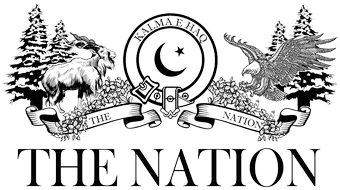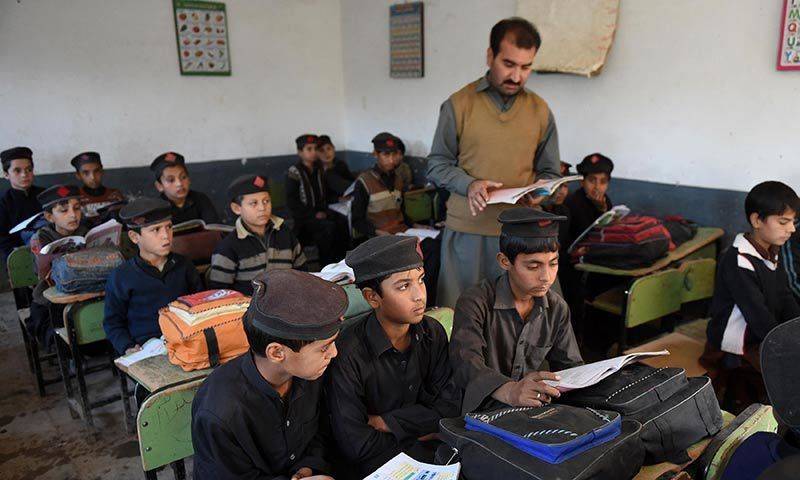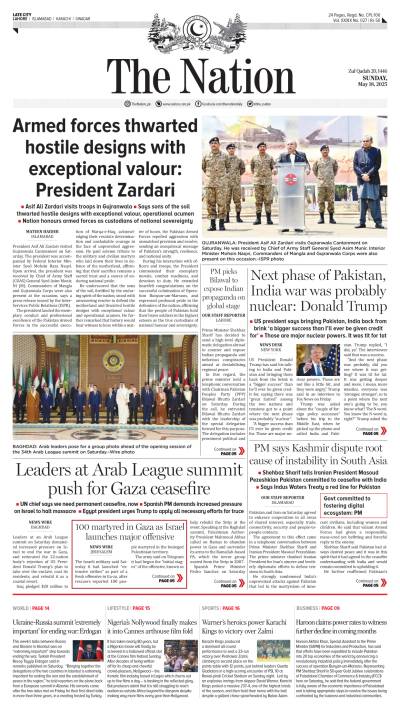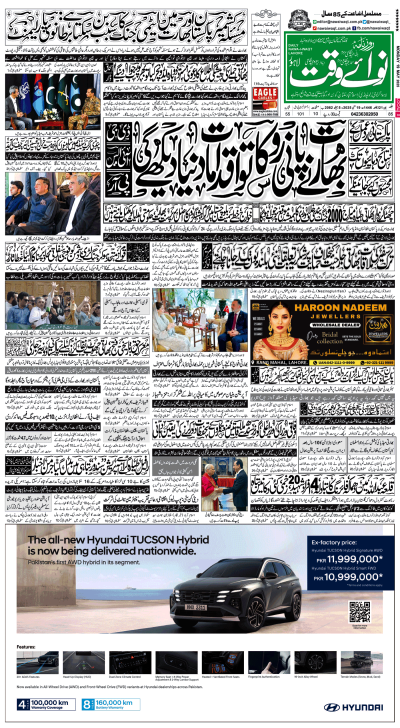Pakistan has been under the surging wave of extremism for quite a long time now. It has been changing faces from terrorism to sectarianism to infringement of basic freedom of religious minorities. Behind all these phenomena the underlined factor has been intolerance. Extremism refers to the set of ideas or ideology, which is far from general acceptance level of people. Commonly these ideas are rejected by general masses. This is beyond prevailing norms of society.
Violent extremism is the pursuit of violent acts by ideologically motivated individuals for political purposes. Extremism is not confined to a single ideology. It is transnational based on different religious, political or even personal ideological instigation. Education is not just teaching the individuals knowledge of reading and writing. Education is the transformation of individuals through imparting knowledge. States determine their national goals and objectives. Education policy is formulated to direct the nation according to those goals and objectives. National security of a state broadly depends on the quality of enlightenment and education its nation has.
Pakistan’s education system has never been satisfactory but with passing time it is deteriorating manifold. Disintegration of nation is dominantly the outcome of parallel education systems in state; public schools, private schools and madrassas. Considerable percentage of school going children attends public schools. According to National Education Policy, 2009, 73% go to public schools, while 26% attend private schools and only 1% is in madrassahs.
There is still large number of children who are not attending the school of either category. With parallel education systems, more appalling reality is of varied curricula, which is certainly ingraining social divergences. Majority of private schools do not match the national and international standards of education and the literates it is producing are definitely not capable to pursue reasonable educational career. Statistical evidences on educational institution, schools in particular, show sharp contrasts. Government claim is that literacy rate is 46% overall. However, NGOs and other organizations put forward situation otherwise. Neglected public sector is witnessing continuous degradation. Still Pakistan is spending only 2.3% of GDP on education. However, there is consensus that majority of Pakistan’s children do not attain any kind of education. But the young population which is attaining basic education is another segment vulnerable to extremist ideologies. There have been serious concerns about curriculum in public schools. Educational experts have been and are raising voices over extremist tendencies in curriculum of public schools.
Parallel educational systems have different objectives and resulting in discreet dimensions. Meagre students who attain education at prestigious private educational institutions hardly assimilate in common society. That intelligentsia either drains out of the state or remain at the surface of economy and society. Major chunk of graduates from public institutions, who are core of middle class of Pakistan’s society, shows considerable tendency of extremism. Frustration in educated youth due to inadequate and unsatisfactory opportunities also makes them vulnerable to extremist ideas. Recent heinous attack on Ismaili community Karachi, at Safoora Chowrangi, was a plausible manifestation of extremism. Immediate investigations revealed that attackers were well educated and few of them had doctorate degrees in Islamic Studies. Did their educational background lead them to extremism? It is more alarming. Firstly, huge part of youth is deprived of basic knowledge even. Secondly, the educated youth is more vulnerable to extremism.
Analogous education systems and curricula impair with hatred and dissatisfaction within. Attack on Army Public School, Peshawar on December 16th, last year exhibits another onslaught on security establishment but this time in a novice and appalling manner. It was certainly indication of targeting of security personnel’s children and a system of education imparting quality education to the middle class youth. The incapability of less educated or educated part of population from less privileged class and educational background to compete generally in society instills inferiority complex. It leads to social cleavages and sense of disassociation. There is hardly any room left for education to be imparted on basis of national security and national integration priorities. Educational system is majorly neglected and rest is bitterly partitioned in religious and secular tendencies.
Formulation of education policy and curriculum development was a federal subject according to Constitution of 1973. Before this education policy was a provincial subject. Dismemberment of state in 1971, led to contemplation over education policy as a national matter and objective. 18th Amendment to the constitution again devolved education and curriculum development to provinces. Current social and political situation in Pakistan is mired with ethnic and religious sentiments above nationalism. At this juncture when the nation is already segmented into religious, ethnic, provincial and sectarian factions, educational autonomy to this extent can be counter-productive to counter extremism.






